How to get there
Related venue/project more...
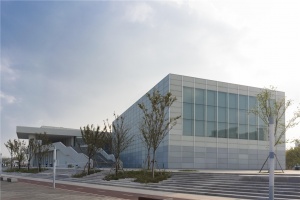
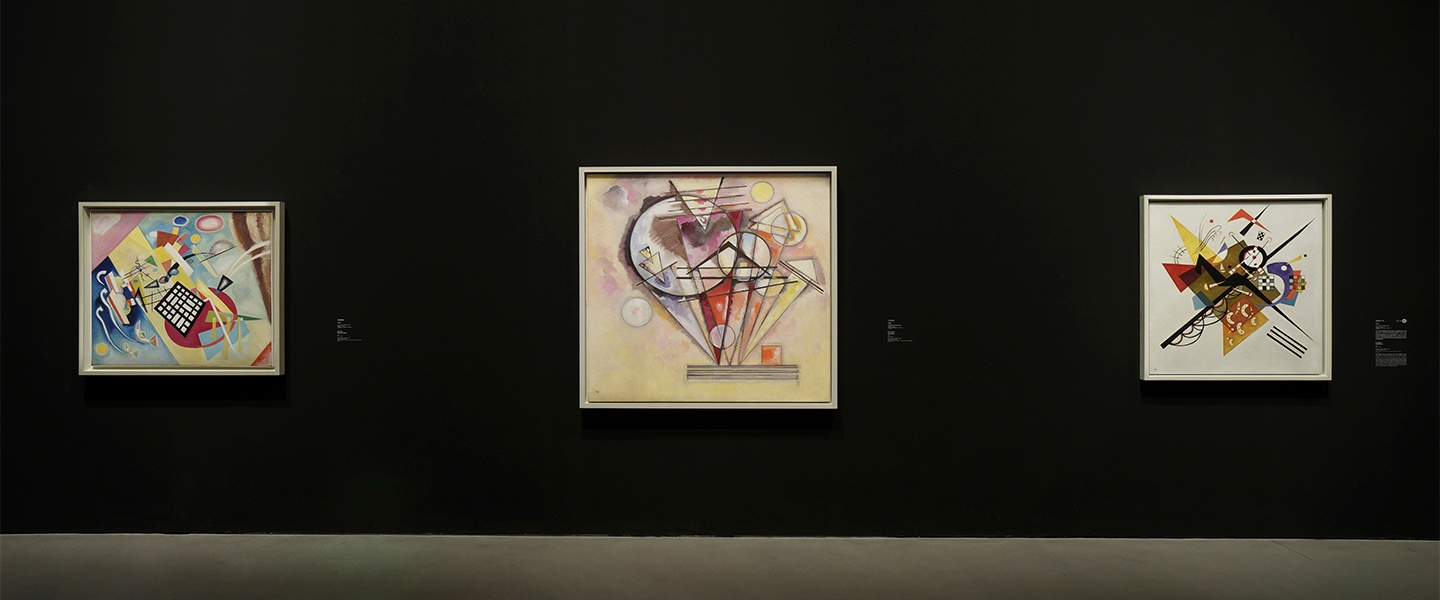
|
|
The Centre Pompidou × West Bund Museum Project is presenting an unprecedented Kandinsky exhibition, the very first retrospective of the artist in China, from 1 May to 5 September 2021 in Shanghai. Thanks to donations and the bequest of Nina Kandinsky, the painter’s widow, the Centre Pompidou holds the most complete collection of this artist of Russian heritage. In the course of some hundred paintings, drawings and engravings, including many masterpieces, the exhibition traces the extraordinary development of this major figure of 20th century art.
Vassily Kandinsky entered the history of art as the founder of abstract painting. While this paternity has now been relativized, his decisive contribution to the idea of “autonomous“ art, liberated from all reference to the external world, continues to be evaluated. The artist came to painting when he was thirty years old. In 1896, the young Russian chose to study in Munich, then the centre of an artistic renewal (the Jugendstil) that was exploring an ornamental formalism. In his famous treatise Concerning the Spiritual in Art, and particularly in painting, Kandinsky called for a profound overthrow which, by destroying forms that imitated nature, would engage a spiritual dimension in a vibrant response to the bourgeois materialism of the 19th century.
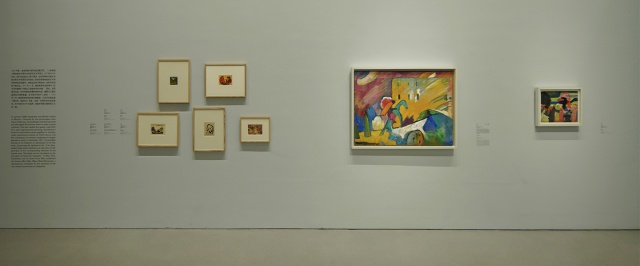
In May 1912, along with his friend Franz Marc, he gave an astonishingly contemporary form to his aesthetic project: the publication of the Blue Rider Almanac, advocating the idea of a universal art beyond frontiers and disciplines. The outbreak of the Great War put an end to this effervescence in Munich. Kandinsky had to return to his native land, where he contributed to restructuring artistic life in revolutionary Russia until the founder of the Bauhaus, architect Walter Gropius, invited him to return to Germany to join the famous art school in Weimar. The closure of the institution by the Nazi regime in 1933 again forced Kandinsky into exile, this time in Paris, where he would remain until the end of his life.
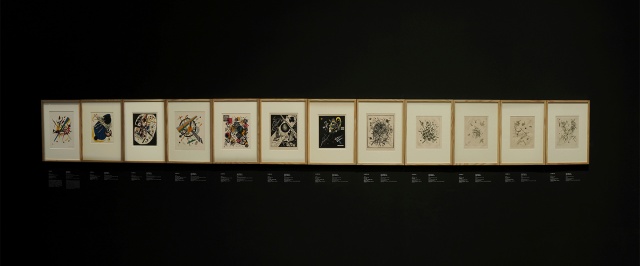
This retrospective presents Kandinsky’s life in the course of five chapters, complemented by a prologue showcasing for the first time the Chinese and Japanese works that the artist kept with him. A selection of art reviews belonging to the painter reveals the degree to which Chinese art, particularly ancient bronzes, was present in his imagination during his final years in Paris. The exhibition is thus an opportunity for an exceptional collaboration with the Shanghai museum, which has agreed to lend five ancient bronze objects.
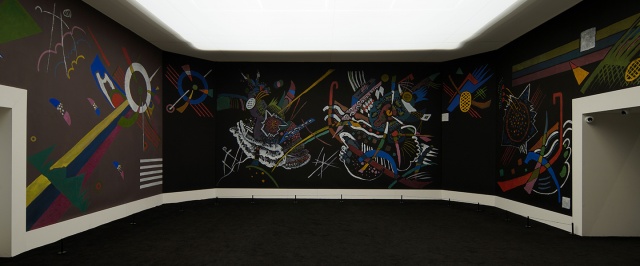
The layout of the retrospective has been designed around a central piece: the reconstruction of the Entrance Hall created by Kandinsky in 1922 for the Juryfreie Kunstausstellung in Berlin. This monumental work is being presented in Asia for the first time and gives visitors the impression of being able to move about inside one the artist’s paintings. The retrospective, which also includes a richly illustrated documentation room, thus enables the Chinese public to discover one of the most essential artists in the history of western art.

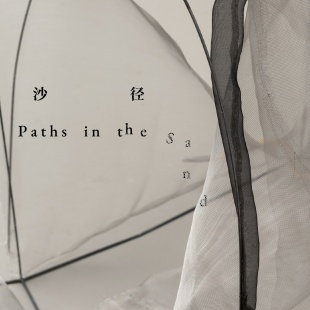
Hu Xiaoyuan: Paths in the Sand
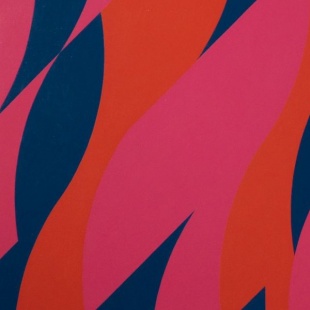
Women in Abstraction
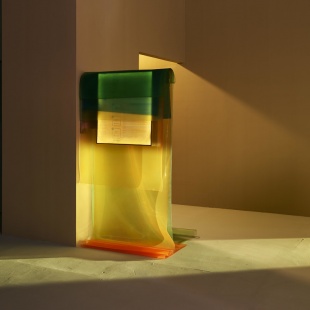
Chen We: Make me illusory
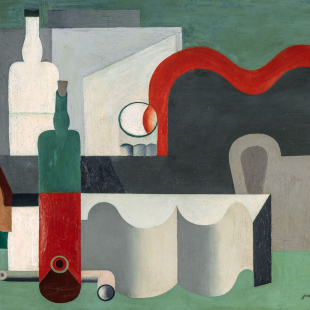
The Voice of Things-Highlights of the Centre Pompidou Collection vol.II
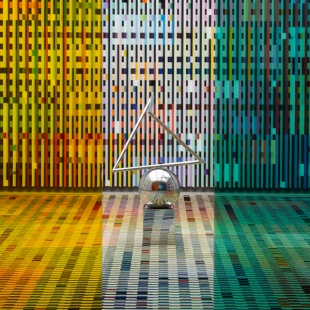
Living Images
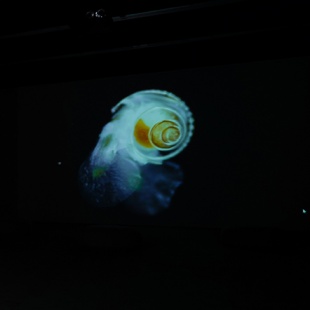
Laurent Grasso
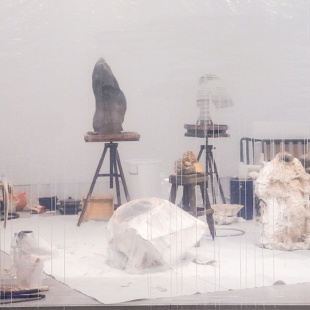
Yu Ji Spontaneous Decisions II
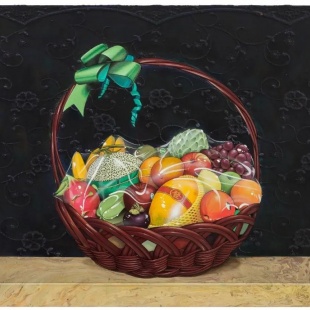
Chen Fei: Morning Market
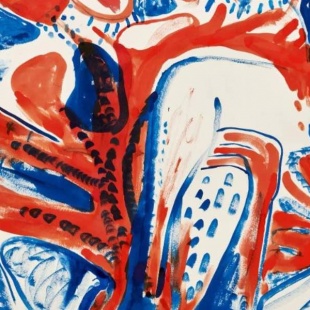
Works on Paper
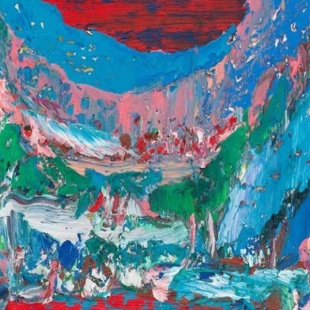
Yin Zhaoyang: A Vast History
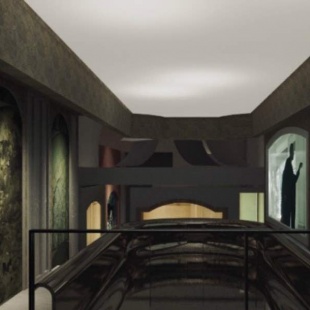
Sheng Zhang-Solo Exhibition of Chen Yujun
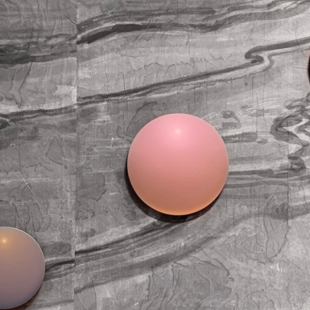
High Light Splendor Worn Thin in the Recesses of Time